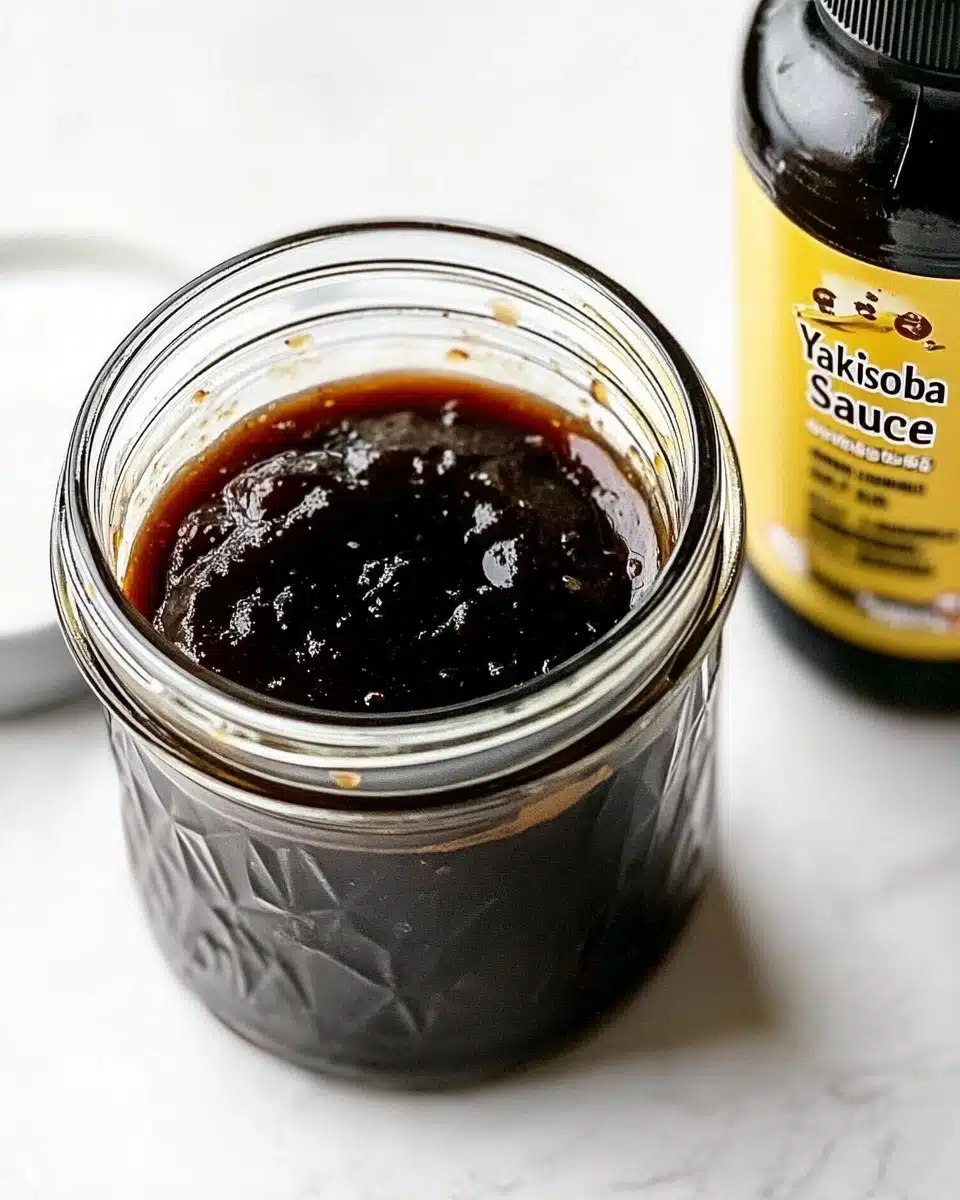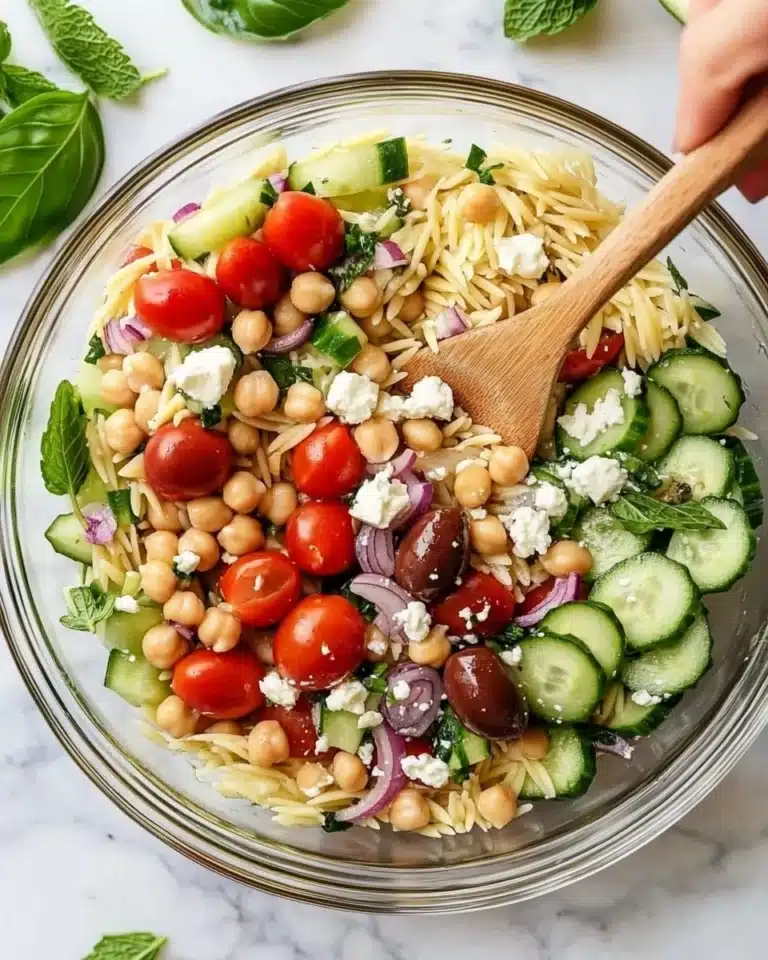If you’ve ever wished you could bring classic Japanese restaurant flavors into your kitchen, you’re in for a treat! With this guide to 10 Easy & Popular Japanese Sauces Anyone Can Make at Home, you’ll unlock the secrets to delicious, authentic sauces that transform everyday meals into true Japanese feasts—no special skills or expensive ingredients required.
Why You’ll Love This Recipe
- So Much Versatility: These 10 Japanese sauces work with everything from grilled meats to stir-fries, veggies, noodles, salads, even simple steamed rice!
- No Fancy Ingredients Needed: Most sauces call for pantry staples you probably already have or can easily find at any grocery store.
- Better Than Takeout: Homemade sauces mean you control the flavors, salt, and sweetness—so every drizzle tastes fresh, bright, and exactly how you like it.
- Meal Prep Friendly: Each sauce is perfect for making ahead and keeping on hand for fast, flavor-packed dinners all week.
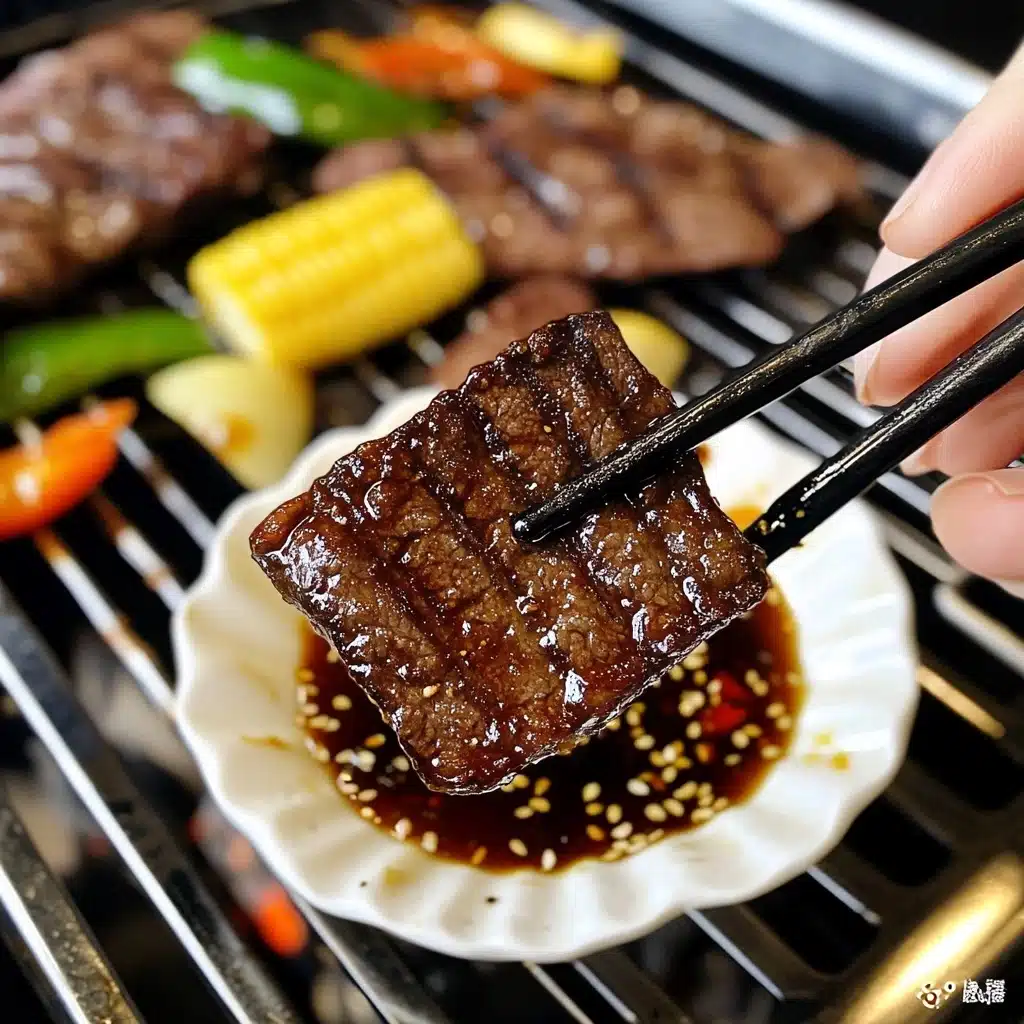
Ingredients You’ll Need
You won’t believe how simple yet essential these ingredients are—each one adds its own magic, whether it’s umami depth, sweet brightness, or velvety richness. Don’t worry, there’s nothing obscure here; these are the building blocks of your new favorite Japanese sauces!
- Soy Sauce: The backbone of Japanese sauces—rich, salty, and packed with savory umami flavor.
- Mirin: Adds gentle sweetness and shiny gloss; can be swapped for a little sugar and water if needed.
- Rice Vinegar: Brightens sauces with mild acidity; essential for classic ponzu or dipping sauces.
- Miso Paste: Brings creamy, deep notes to miso-based sauces—white or red miso both work.
- Sugar (or Honey): Rounds out saltiness and balances acidity; you can easily adjust to taste.
- Sesame Paste or Tahini: Goma dare (sesame sauce) gets its signature nuttiness and richness from this key ingredient.
- Ketchup & Worcestershire Sauce: Yes, they’re pantry stars here! Essential for okonomiyaki and tonkatsu sauces.
- Oyster Sauce & Sake: Bring depth and complexity to grilled meat and barbecue-style sauces.
- Garlic & Ginger: Aromatic and spicy, freshly grated always brings big flavor.
- Bonito Flakes & Kombu: For traditionalists—boosts authentic depth in ponzu, but optional if you’re in a hurry!
Variations
These 10 Easy & Popular Japanese Sauces Anyone Can Make at Home are endlessly customizable. Don’t be afraid to riff on the classics—swap ingredients, make them gluten-free, or amp up the spice to match your cravings or dietary needs!
- Gluten-Free: Use tamari instead of regular soy sauce and certified gluten-free versions of Worcestershire or oyster sauce.
- Vegan-Friendly: Try white miso and swap out bonito flakes for mushroom powder or a splash of mushroom soy sauce.
- Sugar-Free: Sweeten sauces with a touch of honey, agave, or even monkfruit for lower-sugar options.
- Spicy: Add a few drops of Japanese chili oil, togarashi, or fresh chili to boost the heat in any sauce.
- Citrusy: For ponzu, mix in yuzu juice or extra lemon for fresh, vibrant zing.
How to Make 10 Easy & Popular Japanese Sauces Anyone Can Make at Home
Step 1: Pick Your Sauces
Browse through the list and decide which of the 10 sauces fits tonight’s meal. Are you grilling? Yakiniku or sesame sauce is perfect. Looking for noodles? Yakisoba or miso sauce will shine. Don’t hesitate to pick two or three—they’re all beginner-friendly!
Step 2: Gather & Prep Your Ingredients
Lay out your ingredients for each sauce, measure them ahead of time, and prep aromatics like garlic or ginger. Most sauces come together in a single bowl or small saucepan, so this is honestly the hardest part!
Step 3: Mix, Simmer, or Whisk
Follow the instructions for each specific sauce. Most require just quick whisking (like sesame sauce), while a few—such as teriyaki or unagi—benefit from a short simmer on the stove to thicken and meld flavors beautifully.
Step 4: Taste & Tweak
Once you’ve made your sauce, taste it! Adjust sweetness, saltiness, or tang to your liking—this is the beauty of homemade. You can even split one batch and flavor each half differently for a personal twist.
Step 5: Store or Serve Right Away
Transfer sauces to a clean glass jar, bottle, or serving dish. Many of these 10 Easy & Popular Japanese Sauces Anyone Can Make at Home can be stored in the fridge for up to one or two weeks, so you’re ready for flavor-packed meals anytime.
Pro Tips for Making 10 Easy & Popular Japanese Sauces Anyone Can Make at Home
- Balance Umami & Sweetness: Always taste as you go, especially when simmering sauces like teriyaki or yakisoba—the flavors intensify as they reduce, so adjust sugar and salt gently.
- Get Maximum Sesame Flavor: For goma dare, lightly toast sesame seeds before grinding or opt for Japanese-style sesame paste for the boldest, richest sauce.
- Thickness Control: If your sauce isn’t quite thick enough, let it simmer just a little longer, stirring regularly; for thinner sauces, whisk in water or extra vinegar.
- Layer Aromatics: Don’t skip fresh ginger or garlic—grating them right before using makes the flavors pop in every sauce, especially yakiniku and ponzu.
How to Serve 10 Easy & Popular Japanese Sauces Anyone Can Make at Home
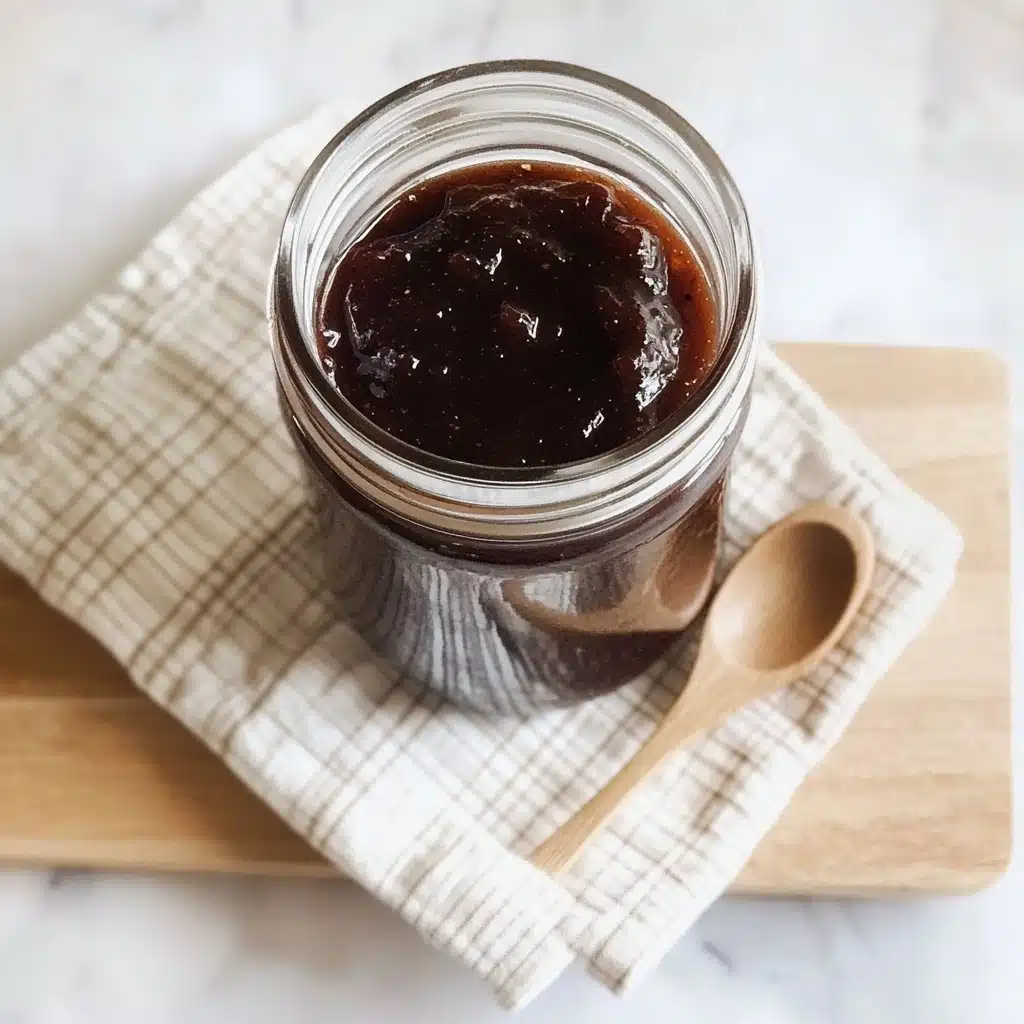
Garnishes
Top your finished sauces with a scattering of toasted sesame seeds, finely sliced scallions, or nori flakes for a little extra flavor and color—simple, but they make every plate look restaurant-worthy.
Side Dishes
Pair any of these sauces with steamed rice, crisp tempura, grilled meats or seafood, or freshly made noodles. Sauces like miso or ponzu transform even plain steamed veggies into crave-worthy sides.
Creative Ways to Present
Get playful—serve multiple sauces in little dipping bowls for a tasting board, drizzle them artfully over stir-fried noodles, or package your favorites in glass jars for edible gifts that friends will rave about.
Make Ahead and Storage
Storing Leftovers
Most of these 10 Easy & Popular Japanese Sauces Anyone Can Make at Home keep beautifully in airtight jars in the fridge for 1–2 weeks. Label them and shake or stir before using for the freshest flavor!
Freezing
Many sauces—especially teriyaki, yakiniku, and sesame sauce—freeze well in small containers or ice cube trays. Thaw overnight in the fridge, and you’ll have instant sauce for fast dinners anytime.
Reheating
For thick sauces, a gentle reheat in a saucepan or microwave and a quick stir restores silkiness. For thinner or vinegar-based sauces like ponzu, serve chilled or at room temperature for best results.
FAQs
-
Can I make these Japanese sauces in advance?
Absolutely! Most of these sauces are even better after a day in the fridge, as the flavors have time to meld. Just store them in airtight containers and enjoy quick, delicious meals all week.
-
What if I can’t find Japanese ingredients?
Many key ingredients now have easy-to-find substitutes at major supermarkets. For example, you can use light soy sauce, tahini for sesame paste, or apple cider vinegar for rice vinegar in a pinch.
-
Are these sauces vegetarian or vegan?
Several sauces are naturally vegetarian, and easy vegan swaps are noted! Just use plant-based alternatives for ingredients like bonito flakes, oyster sauce, or honey where needed.
-
How long will homemade Japanese sauces keep?
Stored neatly in the fridge, most sauces last 1–2 weeks. Always use clean utensils and check for freshness in smell and taste before using leftovers.
Final Thoughts
I can’t wait for you to discover just how easy—and satisfying—it is to master these 10 Easy & Popular Japanese Sauces Anyone Can Make at Home. With a few ingredients and a little mixing, you’ll have endless ways to make every meal a little more special. Give one (or all ten!) a try, and let me know which becomes your new go-to.
Print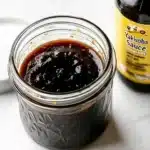
10 Easy & Popular Japanese Sauces Anyone Can Make at Home Recipe
- Prep Time: 15 minutes
- Cook Time: 10 minutes
- Total Time: 25 minutes
- Yield: Varies per sauce
- Category: Sauces
- Method: Mixing, Simmering
- Cuisine: Japanese
- Diet: Vegetarian
Description
Explore how to make 10 popular Japanese sauces at home with these simple and delicious recipes. From the tangy Ponzu Sauce to the savory Teriyaki Sauce and more, elevate your dishes with authentic Japanese flavors.
Ingredients
Ponzu Sauce
- 1/2 cup soy sauce
- 1/4 cup lemon juice
- 2 tablespoons rice vinegar
- 2 tablespoons mirin
- 1 tablespoon dashi stock
Teriyaki Sauce
- 1/2 cup soy sauce
- 1/4 cup mirin
- 2 tablespoons sake
- 2 tablespoons sugar
- 1 teaspoon grated ginger
All-Purpose Miso Sauce
- 1/2 cup white miso paste
- 2 tablespoons mirin
- 2 tablespoons sake
- 1 tablespoon sugar
- 1 tablespoon dashi stock
Tonkatsu Sauce
- 1/2 cup ketchup
- 2 tablespoons Worcestershire sauce
- 1 tablespoon soy sauce
- 1 tablespoon sugar
- 1 teaspoon Dijon mustard
Teppanyaki Sauce
- 1/2 cup soy sauce
- 2 tablespoons mirin
- 2 tablespoons sake
- 1 tablespoon sugar
- 1 teaspoon grated garlic
Unagi Sauce
- 1/2 cup soy sauce
- 1/4 cup mirin
- 1/4 cup sake
- 2 tablespoons sugar
- 1 tablespoon cornstarch
Okonomiyaki Sauce
- 1/4 cup ketchup
- 2 tablespoons Worcestershire sauce
- 1 tablespoon oyster sauce
- 1 tablespoon soy sauce
- 1 tablespoon sugar
Yakisoba Sauce
- 1/4 cup soy sauce
- 2 tablespoons Worcestershire sauce
- 1 tablespoon ketchup
- 1 tablespoon oyster sauce
- 1 tablespoon sugar
Yakiniku (Japanese BBQ) Sauce
- 1/2 cup soy sauce
- 1/4 cup mirin
- 2 tablespoons sake
- 2 tablespoons sugar
- 1 tablespoon grated garlic
Sesame Sauce (Goma Dare)
- 1/4 cup sesame paste
- 2 tablespoons soy sauce
- 1 tablespoon sugar
- 1 tablespoon rice vinegar
- 1 teaspoon grated ginger
Instructions
- Select the sauce recipes you want to make from the list above. Choose your favorites!
- Follow the detailed instruction in each post. Each recipe includes tips and substitutions to help you customize the flavors.
- Make and enjoy the sauces! Experiment with different dishes to complement these versatile sauces.
- Share in the comment below to let us know your favorite. We’d love to hear which sauce you enjoyed the most!
- If you enjoy the recipe(s), please consider giving us a 5-star rating! Your feedback is greatly appreciated.
Nutrition
- Serving Size: 1 tablespoon
- Calories: 30
- Sugar: 3g
- Sodium: 500mg
- Fat: 1g
- Saturated Fat: 0g
- Unsaturated Fat: 1g
- Trans Fat: 0g
- Carbohydrates: 5g
- Fiber: 0g
- Protein: 1g
- Cholesterol: 0mg

